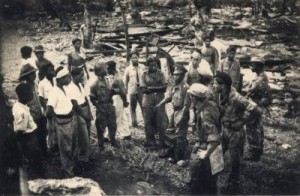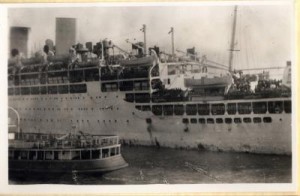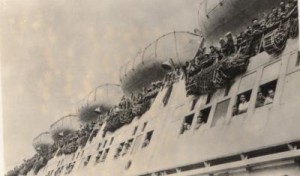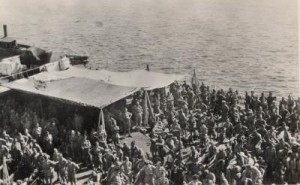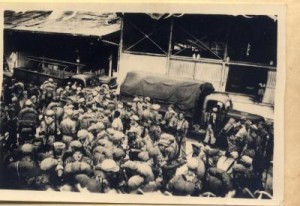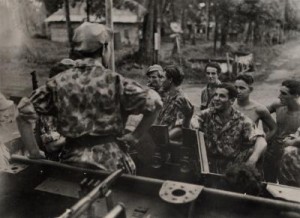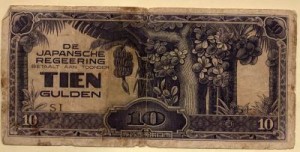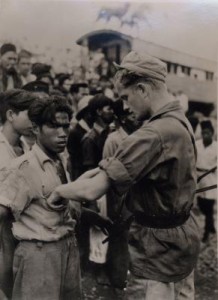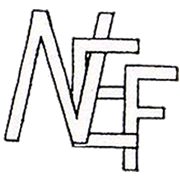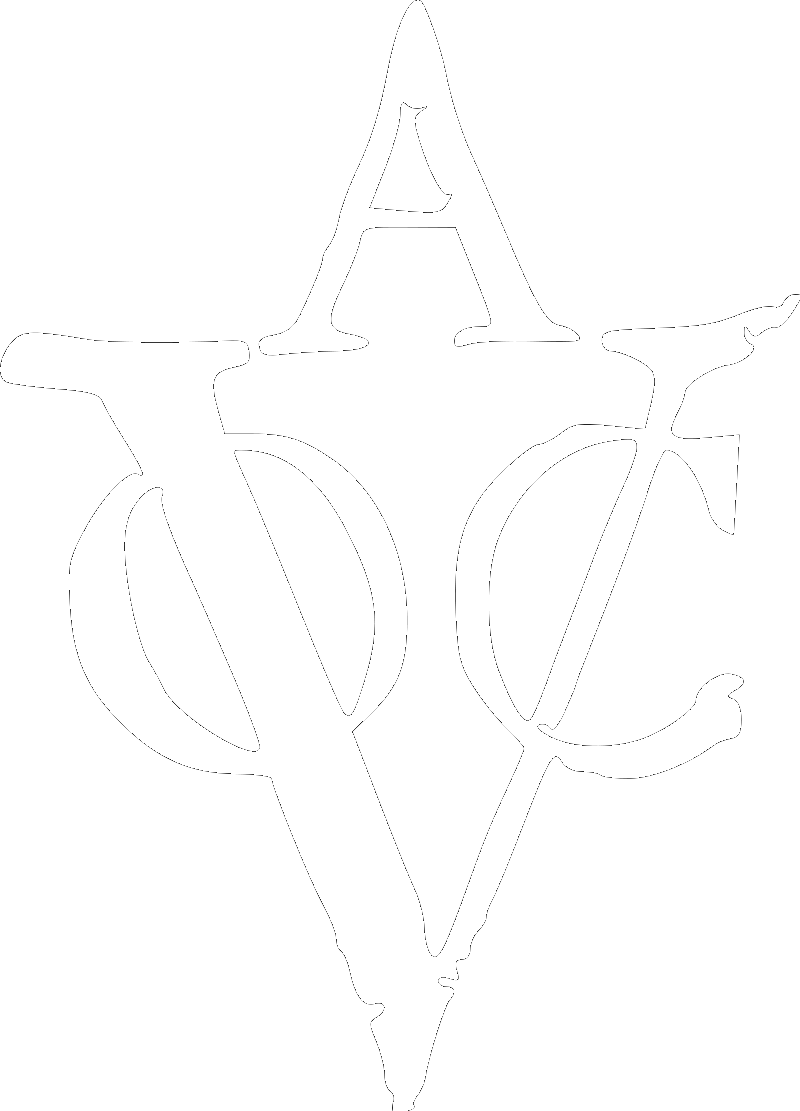John (Jan) Rikkers
John (Jan) Rikkers was born on 5 February 1925 in den Haag, the youngest child of Jan Rikkers and Marie van der Wansem (official papers in later years state his date of birth as 1921, but according to John he had deliberately put his age up so he could join the army). By the standards of his Catholic relatives at the time, it was only a small household, of father, mother and three children (one older brother and sister).
As a child John lived opposite a grand church and he remembers the frequent ringing of church bells. At the age of 4, John had an accident (a fall on his head), which had consequences for his ability and willingness to speak. John remembers that he was home alone a great deal and that he would read any book he could lay his hands on from his father’s large library.
Possibly to help him overcome his problem with speaking and with a church hall so close, John’s mother encouraged him to join a choir. This happened when John was 9 years old. John became a member of the famous Matrozenkoor. Singing helped his ability to speak, and with the Matrozenkoor John recorded for radio Hilversum, toured on weekends and school holidays all over the Netherlands, and also to neigbouring countries (such as Switzerland). This love of singing in professional choirs stayed with John all his life.
By the time John was in his teens, the Second World War had broken out, with the many disruptions that this caused also for young people. There was interrupted schooling, and at the age of about 13 or 14 he left school. When he was 14, family friends invited him to come and live with them in Amsterdam. He stayed there, working at various jobs, often involving bookkeeping and accounting (something he was good at) until at age 18 he was picked up by the Nazis and put to work in the Arbeidsdienst to do farmwork in Drente. This did not last long, because John ran away. Walking all the way, sleeping in hay sheds, and generally living rough, John managed to get all the way from Drente to Antwerp, where he threw himself at the mercy of the church (knocking on the door of a monastery, begging for food and shelter). John found refuge there with two months, and then joined the Witte Brigade, the underground in Belgium. Like so many young men at the time he wanted to joined the army to help free his country, and in April 1945 he joined the English Pontoneers Corps. Then followed a period of about 4 years, which included special training in England, seeing the large American army arrive into Germany, and even at one point a triumphant entry into den Haag (The Hague) sitting on top of a Canadian tank. That occasion gave him an opportunity to see his parents and deliver some foodstuff to them. John also served in Indonesia and Malaysia, but as he said, he never killed anyone; his mission was always to carry and construct things. He was finally demobilized in 1949.
John had made a number of important contacts in Indonesia with people who wanted to resettle in Australia. Acting as a kind of scout for them in search of adequate accommodation brought John into Australia (after a sojourn of about two months in Singapore). Once in Sydney in the early 1950s he took on any work he could find, “you name it, I did it”. He really did not have any idea what he wanted to do, and every day was another adventure.
Soon after John came to Western Australia, drawn by an advertisement in the paper about accommodation in Bunbury (still looking out for his Dutch-Indonesian friends). He met his first wife in the Dutch Club in Kings Street, and started work as an accountant, this until he found his true vocation, that of High School Teacher. He started teaching school in 1951 and never left until his retirement in 1985. His first posting was in Mt Barker, he also went to Teacher College for a few months, but he did not really have any formal training as such for a job that he clearly loved and did well. His first teaching post in Perth was at Fremantle Boys’ High, later he also worked at Perth Modern. His teaching subjects were Geography, History and English.
Also in the mid-1950s John started teaching Dutch to Australian-born women who had married Dutch navy men. Dutch lessons were later organized through UWA and Perth Technical College, and John carried on with this work (evening classes) until the 1970s when some of his students became Dutch-born second generation migrants who had come to Australia too young to remember their native language well (such as Nonja Peters). John set the curriculum for these courses, helped by a colourful assistant Ben Abboth, who had been a POW with the Japanese (and had lost his eyesight, having been belted by the Japanese).
John had two sons with his first wife. He cared for her for six years or so while she was bedridden, but the marriage ended in divorce. In 1973 he met Pam, a woman with 4 children, who he has been happily married to since.
John has been active in many organizations, e.g. as a Scout leader, Hon. Secretary and Welfare Officer in his branch of the RSL, a chorister (and at time conductor) in men’s choirs. He has always helped out other migrants in the Dutch community. He is also noted for his important research work on the history of Western Australian schools.
John’s time in the army in Java and Sumatra is in the pictorial part of this contribution.
